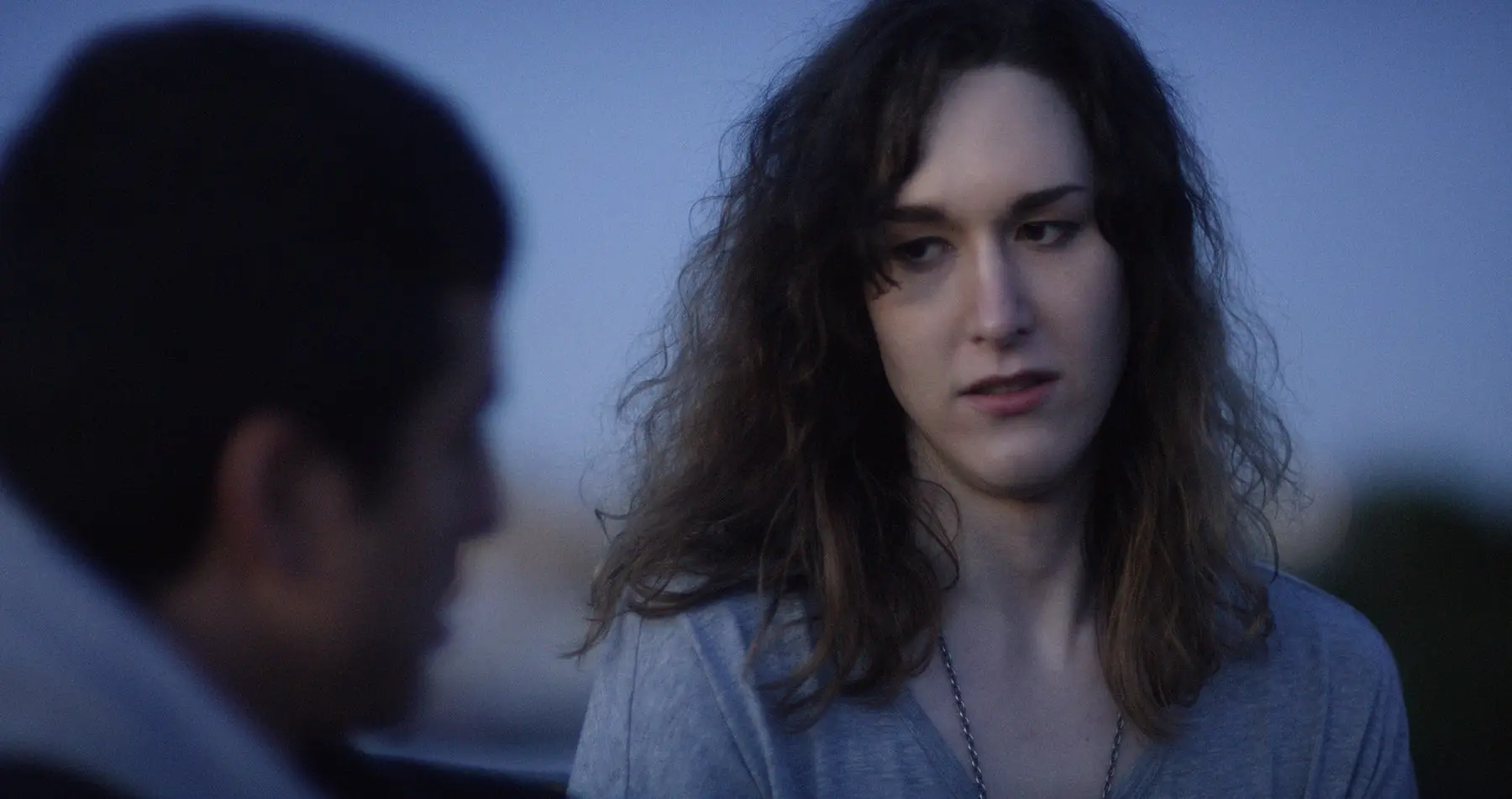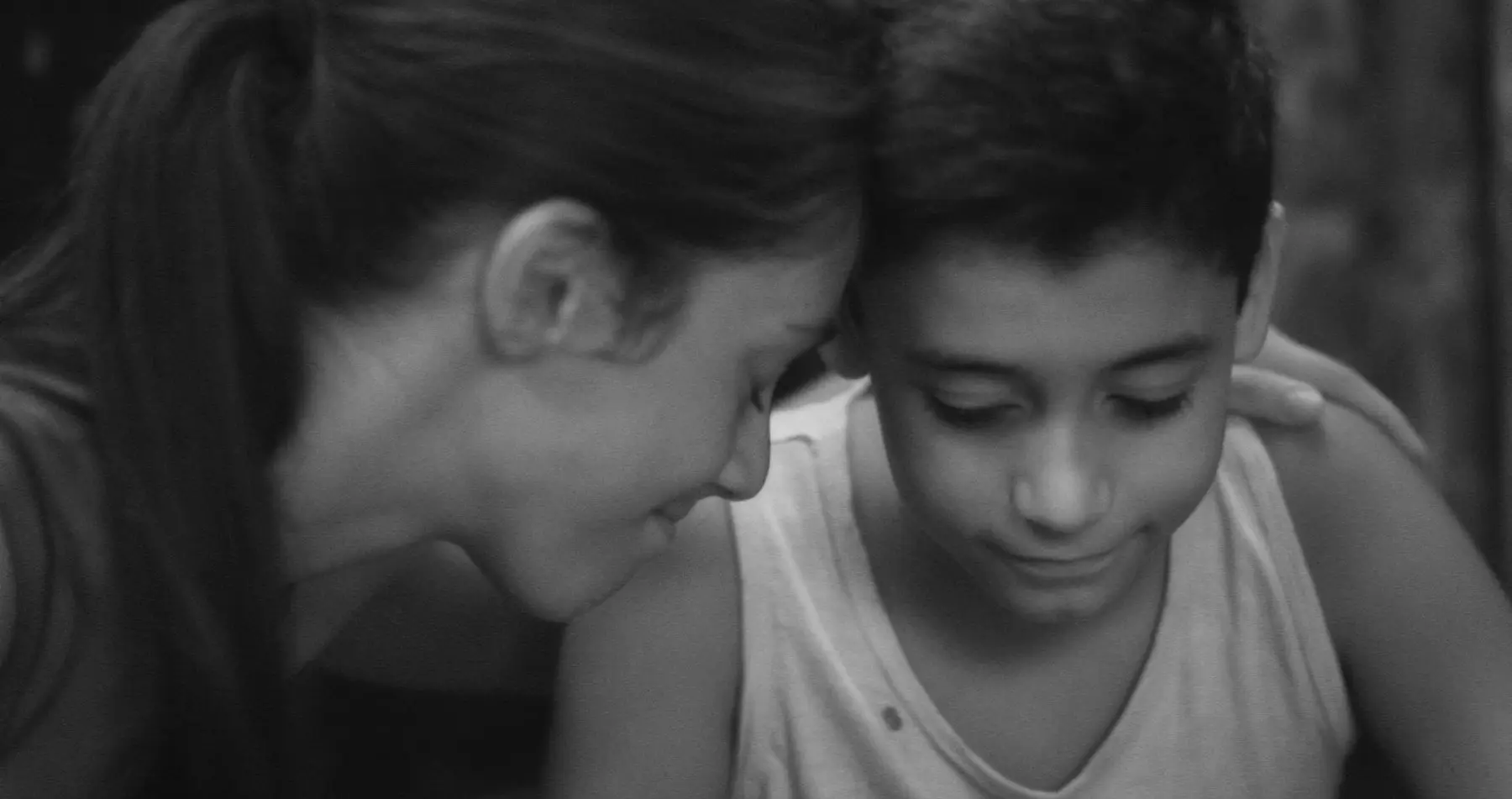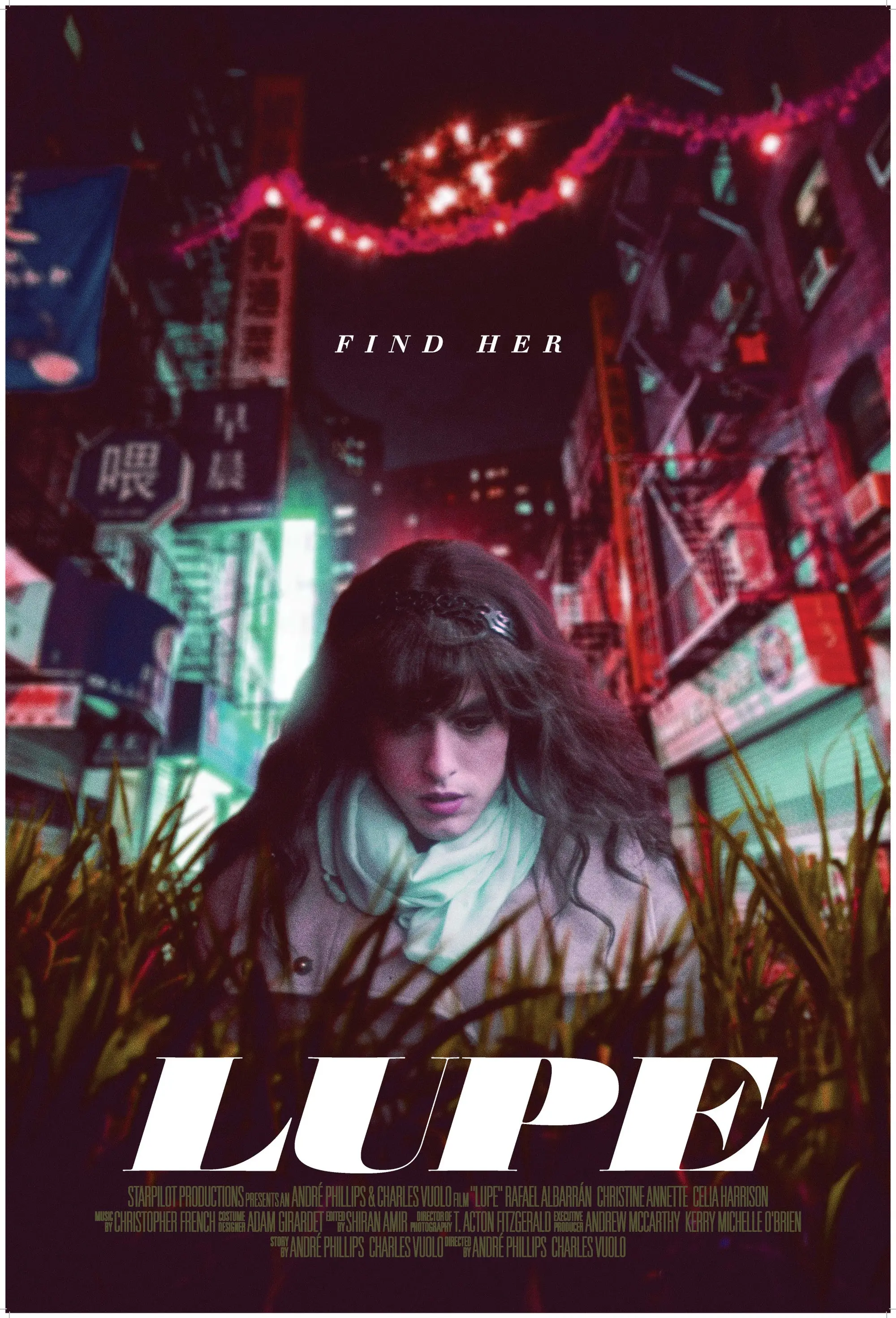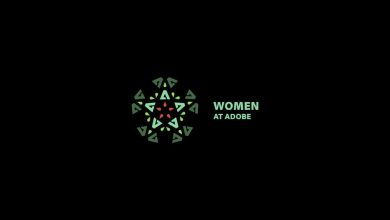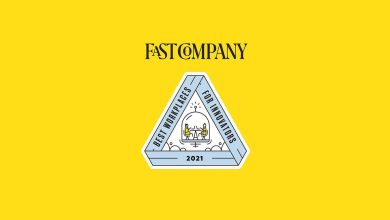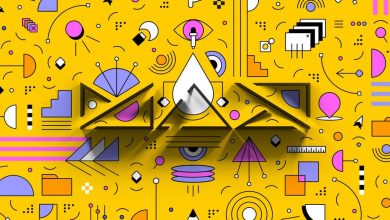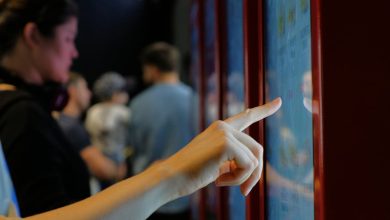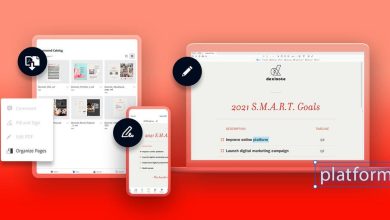HBO’s Lupe shines a light on immigrant transgender identity
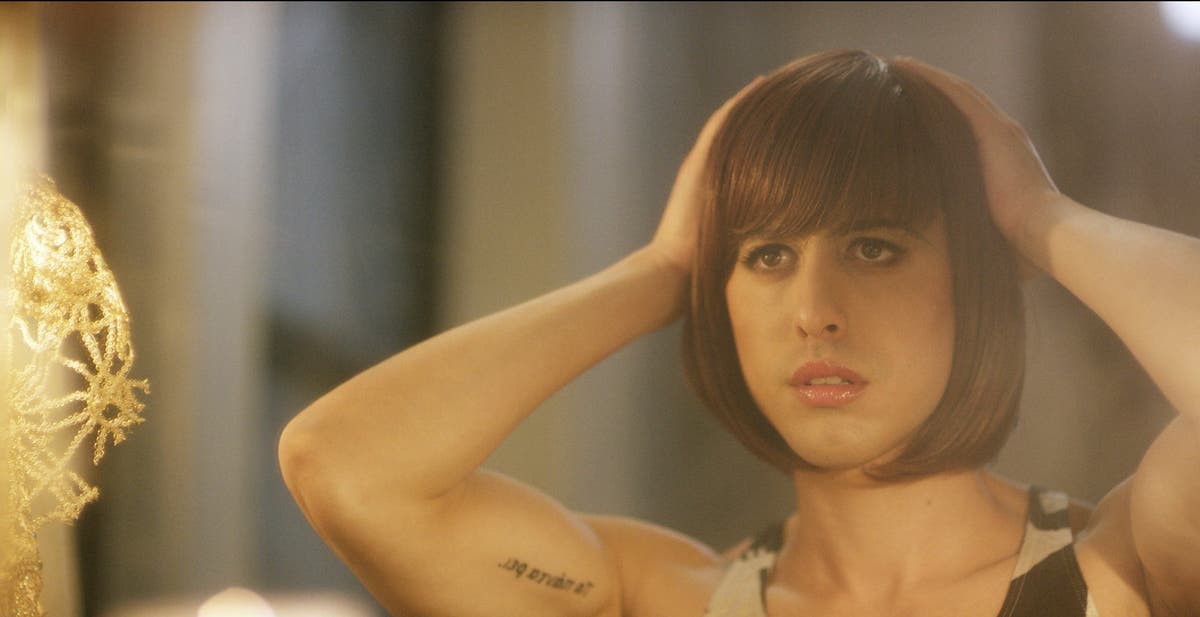
Image source: HBO Max.
Making its debut on HBO earlier this year, Lupe follows a young Cuban immigrant searching for their long-lost sister Isabel in New York City, believing Isabel may have fallen into a life of prostitution. While looking for their sister, Lupe discovers their true self along the way with the help of an old friend. The documentary style drama allows space for authentic performances from the LGBTQ+ actors in the story and gives an intimate look at the main character on their journey to finding their identity as a transgender woman.
We spoke with the film’s editor, Shiran Carolyn Amir, about why she chose Premiere Pro and After Effects to bring the inspiring story to life. Amir shares how she became involved with the film, how she helped come up with the film’s title, and her favorite scene to cut.
Contents
How and where did you first learn to edit?
I was born in NY but grew up in Israel from age 8. In high school, I majored in media studies, during which I learned editing (using Adobe Premiere Pro version 4) and fell in love with the craft. It was the perfect blend of precision and creativity which highly resonated with me.
How do you begin a project/set up your workspace?
I have very detailed conversations with my director, producers, and assistant editor. I want to know that we are all on the same page and I want to create a safe environment and a solid level of trust between us so that we can try things without fear of failure or judgement in the cutting room. Lupe was a unique scenario — the co-directors, André Phillips and Charles Vuolo, had already shot the film and attempted an assembly cut themselves first before deciding they should hire an editor. So, by the time I came on board, the project was already set up. I edited at home, and I’ve managed to build a fairly comfortable workspace there. I didn’t use their assembly at all and they told me not to read the script as it ended up being very far apart from what they had shot. I re-edited the entire film from scratch without a script, the way it worked for me, and we went from there and continued to refine it.
Image Source: HBO Max.
Tell us about a favorite scene or moment from this project and why it stands out to you.
André and Charles did not know me and were referred to me by a friend of a friend. They were on the opposite side of the U.S. (I’m in Los Angeles and they are in Boston). To be sure we were on the same page, they sent me footage for a sequence and asked me how I’d cut it. It wasn’t so much as a test, more of a check for compatibility of tastes.
They sent me a scene where Lana (Celia Harrison) a transgender woman further along in her transition, is talking to Lupe (Rafael Albarrán) about Arun (Lupe’s love interest). In the original material, there is a third character talking to Lupe and Lana about this, and the whole scene is basically improvised, to capture the genuine, intimate conversation. It absolutely made it tricky to cut, but more so, when I saw that the third character wasn’t really incorporated to other scenes much and does not contribute to the story, I decided to remove her from the scene.
I knew I also had footage of Rafael as a trainer, training Arun in the gym, and utilized intercutting the two scenes and overlapping the gym imagery over the conversation, in order to get away with showing less of the conversation footage and not “give away” the third character in the room. I also had to flop all of Lana’s shots and blur her background, because in reality, Lupe and Lana were sitting on the same side of the room and the character I had removed sat opposite them. By flopping the direction on Lana’s shots, it appeared as though Lana is facing Lupe and it’s just them talking alone. I had to carve out all the third character’s dialogue as well as reconstruct Lana and Lupe’s improvised dialogue to efficiently convey their genuine thoughts and feelings while simultaneously moving us forward in the story.
The co-directors loved what I did with this sequence, they really wanted to work together on the rest of the film, and in fact, this very sequence became an exclusive clip featured in a Deadline article promoting the film when it went to film festivals in 2019.
In terms of a specific moment, it should be known that the film was not originally named Lupe. It was a long name that ended up not having much to do with our film as it evolved and solidified. I was on the lookout to find a new name for it. There is a beautiful moment between Lana and Lupe in a bathroom scene when Lana is taking a bath and Lupe is keeping her company, Lupe, not yet knowing what their name will be as a woman, thinks about it and recalls listening to a “badass singer” when they lived back in Cuba, by the name of La Lupe. They decide their name will be Lupe. As the editing process continued, it became clearer and clearer to me that this film is about Lupe’s self discovery. They begin the film as Rafael, and end it as Lupe, so it is only natural to name the movie with Lupe’s chosen name.
The extra special thing about this moment, which I found out only recently, is that this part too, was wonderfully improvised by Rafael Albarrán right on the spot. The direction he got was basically, “ok, now you’re talking to Lana and thinking of your new name. Aaaand go.” So, Rafael, the actor, found this name deep within the character’s psyche, and somehow, it jumped out to me in the footage and I re-found it for the title of the film. Such a magical connection between actor and editor. I’m so incredibly fortunate to have had this talented actor in the lead role.
Image Source: HBO Max.
What were some specific post-production challenges you faced that were unique to your project? How did you go about solving them?
This film was a blend of scripted and unscripted material. The scenes between Lana and Lupe were unscripted, as Lana was not a professional actor and it was important for the integrity of the film for her to feel comfortable and speak freely in her own words. The cinematography is also very run-and-gun style. Trying to capture even the most subtle and fleeting of moments which make the whole film feel so real and lived-in.
This, of course, meant that there was some carving out to do in post-production. I had to define to myself what each character wants, what is each scene telling us for the overall story, so that I can chisel out all the obstructions and keep only the right moments in the right combination and pacing. It was a very interesting blend of documentary style editing within a narrative dramatic film.
There were 4 different storylines that could be weaved together in many different combinations: Lupe’s childhood in Cuba with Isabel, Lupe and Elsa in New York, Lupe training Arun and falling in love with him, Lupe embracing their identity as a transgender woman, and Lupe hanging out with Lana and talking about embarking on transitioning. It was important for me that the order of scenes did not feel random, but that each scene was actually informing and directly affecting the next scene, to form a cohesive story. In post-production we also wrote the voiceover, which appears a few times in the movie to help tie everything together to a satisfying arc. Bryan Colvin, our editing consultant, helped me with that as well.
What Adobe tools did you use on this project and why did you originally choose them?
There was a scene where Lupe appears as a transgender woman before Elsa for the first time. I wanted to make Lupe’s outings dressed up at night a recurring ritual, so I utilized unused footage from the scene to show them going out for a second time later in the film. On the second time, Elsa is already used to Lupe’s appearance, and accepts it. In order to pull this off, I asked Bryan Colvin to help us out with a visual effect shot, stitching two parts of a take together and hiding it behind Elsa who is wiping the frame. Bryan used Adobe After Effects, rotoscoping the characters and rebuilding the whole room in 3D within After Effects so that we could effectively do this.
Why were they the best choice for this project?
I edited on Adobe Premiere Pro, because although I had learned it in high school, I was very rusty and wanted to cut my teeth on the modern version of Premiere Pro by editing a feature with it. After Effects is superb for 2D-3D cleanup shots, such as the one I described.
Image Source: Shiran Carolyn Amir.
What do you like about Premiere Pro, and/or any of the other tools you used?
I like Premiere Pro’s flexibility in interface where I can have the source monitor small and record monitor big (or vice versa). I like Premiere Pro’s handling of effects and graphics with an alpha channel. I like the ability of embedding After Effects comps right in the timeline that I can easily go back to tweak and it will auto update.
I like previewing After Effects presets using Adobe Bridge by right clicking the effects tab and choosing “Browse.” It seems that a lot of people don’t know you can do that.
Which films are your creative inspiration and why?
I was especially inspired by films such as Requiem for a Dream, Eternal Sunshine of a Spotless Mind, Whiplash, Her, and recently — Promising Young Woman, to name a few.
What’s the toughest thing you’ve had to face in your career and how did you overcome it? What advice do you have for aspiring filmmakers or content creators?
I was an assistant editor for quite a while, because it was an easier way to stay employed while working on bigger budget content and also befriending and learning from some of the best editors in the industry along the way. Although, I finally became burnt out from assisting and not telling stories myself. I kept hoping for an opportunity to move up organically within a project, but it wasn’t in the stars for reasons that had nothing to do with me. I decided I need to put my foot down and create my own opportunities. This is when I opted to stop working on the big projects, stay home for a while, and cut my first independent feature film, while learning Premiere Pro in the process. That’s how I cut Lupe.
Since then, I’ve cut a few other independent films as well as a few series, and have changed people’s perception of me. They now know that I am an editor, not an assistant editor. It was tough to change a label I had in the industry that was very well stuck on my forehead. But with determination, tenacity, hard work, and lots of networking, I was able to start my full-fledged editing career.
My advice to others is if you are unhappy with what you’re doing, get up and do something about it. Do not wait for the opportunity to come to you, you have to create the environment for it to come. You have to free yourself of commitments that prevent the opportunity from showing up. If it’s money, work hard and save money so you can spend the time where it will help your career better. There’s no one path to success. Don’t look over your shoulder at other people’s paths. Get a plow and actively carve out your own path. Then, help out those who come behind you.
What’s your favorite thing about your workspace?
I share an editing room with my longtime boyfriend and fellow editor, Cody Miller. Although, this past year with both of us fully working from home there have been challenges accommodating each other. My favorite thing is randomly rolling my chair over to him for a pick-me-up kiss when I need one.
Image Source: HBO Max.
Lupe is currently streaming on HBO and HBO Max.
Source : Adobe

